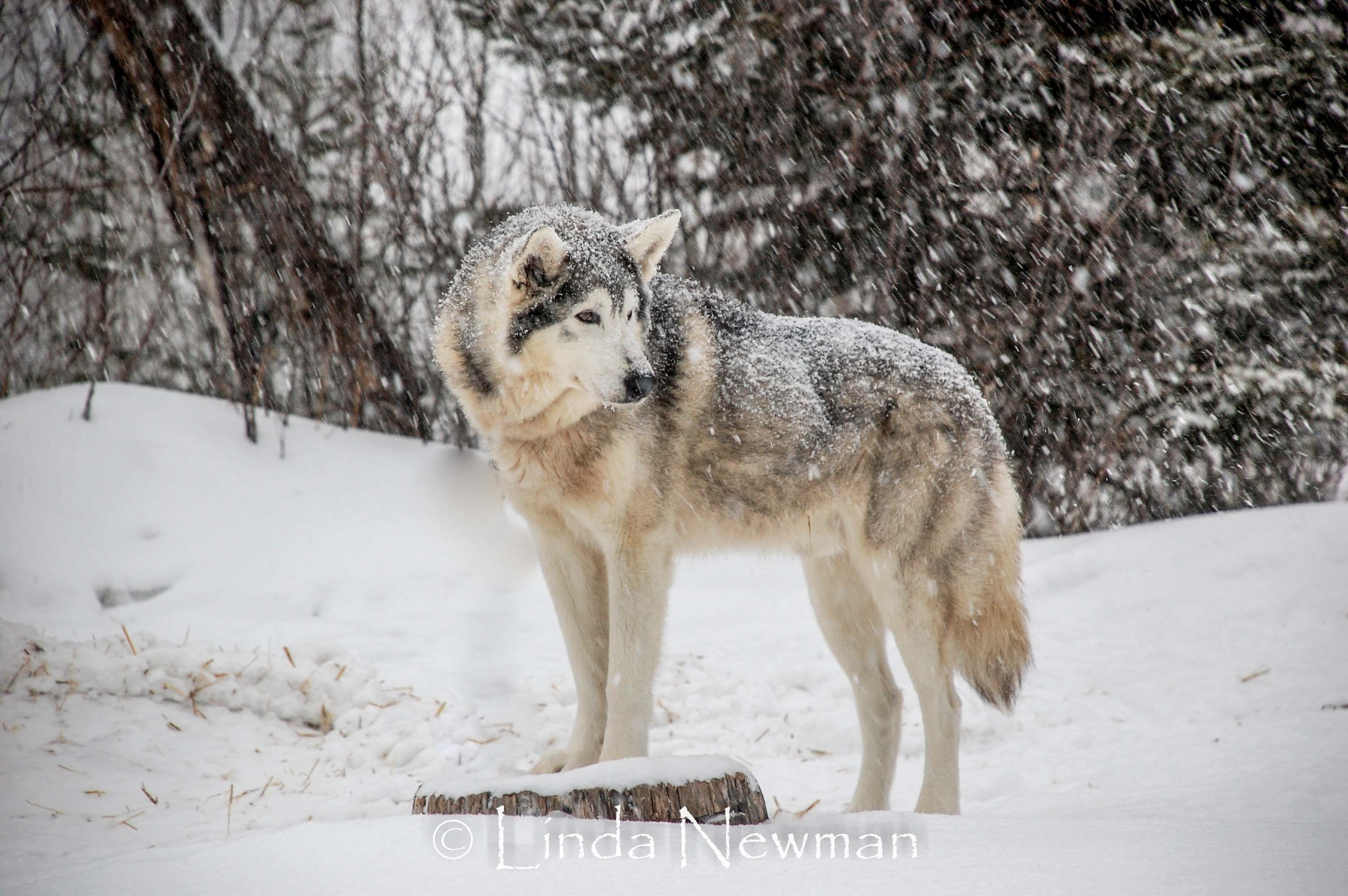Breeding Strategy for Hedlund Huskies (4)
Rationale Behind the Strategy
In order to control genetic diseases in sled dogs, and especially in specific lines of sled dogs, it's vital to understand that there is no such thing as a genetically perfect dog. Let's stress that statement. There is no such thing as a genetically perfect dog. It is estimated that every dog in the world carries at least 4 genes that, if combined with an identical gene from a mate, can cause a heritable genetic defect. While outcrossing is crucial to ensuring the genetic diversity necessary to control genetic diseases, it may also result in the introduction of other defects that haven't yet been recognized.
To understand the importance of maintaining an open stud book, please read the article "What's in the Gene Pool" at http://www.instituteofcaninebiology.org/whats-in-the-gene-pool.html. Historically the population of Hedlund Huskies was probably never large. Rose and Nel's Hedlund started the breed with only 3 dogs, which were then bred with other traditional village-type huskies (primarily indigenous type dogs owned by other Native Alaskan mushers) and with pure-bred Siberian huskies to establish the line. Based on the known pedigrees of today's deep-line Hedlund Huskies in the Points Unknown and Stardancer Historical Sled Dog kennels, it is estimated that the modern line of Hedlund Huskies are ancestors of only 8 'pure blood' Hedlund Huskies. Consequently, outcrossing with dogs that are phenotypically identical to Hedlund Huskies is vital to expanding the population of Hedlund's and ensuring adequate genetic diversity to prevent inbreeding depression and extinction of the Hedlund Husky.
Fortunately, Hedlund Huskies have never been subject to the strict degree of inbreeding required of traditional dog breeds. Rose Hedlund reported to Kim Fitzgerald that she and Nels frequently refreshed the Hedlund line by out-crossing with the best Siberian Huskies they could find. Additional outcross breedings with traditional dogs from Joe Redington Sr. and from the Points Unknown Zulu line have helped maintain genetic diversity within the Hedlund Husky landrace. Recently we have even made an effort to breed dogs specifically intended to be outcrosses to the Hedlund Huskies. A breeding between Stardancer's Orion (Susan Butcher and Rusty Hagan lines) to Sirius Sled Dogs Isolde resulted in remarkably consistent puppies that are particularly similar to "pure blood" or "deep line" Hedlund Huskies.
By continuing that tradition of outcrossing with suitable dogs we can help ensure the future survival of Hedlund Huskies. Nonetheless, a relatively high degree of inbreeding is necessary to preserve the traits that make Hedlund Huskies unique and special among all of the sled dogs of the world. Inbreeding results in increased uniformity of individuals within the breed or landrace and it increases their ability to pass desirable traits onto their offspring resulting in 'fixing' of desired traits and breed type.
The coefficient of inbreeding and coefficient of kindred statistically measure the probability that a pair of randomly sampled genetic alleles are inherited from common ancestors. A breeding between two litter mates from parents that are completely unrelated has a coefficient of inbreeding of 25% as does a breeding between mother/son or father/daughter. From a health perspective, a lower COI is much better than one that is higher. A study of Standard Poodles discovered that dogs with a COI of less than 6.25% lived on average four years longer than those with COIs over 25%.
For a more thorough understanding of coefficient of inbreeding, please read the article "A Beginner's Guide to COI" at http://www.dogbreedhealth.com/a-beginners-guide-to-coi/.
The purpose of removing dogs affected by genetic diseases and recognizing potential carriers of such diseases requires some basic understanding of inheritance. There are four primary modes of inheritance in dogs:
Autosomal dominant
Autosomal recessive
Sex linked recessive
Polygenic and multifactorial
Each gene consists of two alleles, one inherited from the dam and the other from the sire. Autosomes are genes (chromosomes) that are not related to sex. Dogs have 38 autosomes, and 1 allosome (sex linked chromosome).

